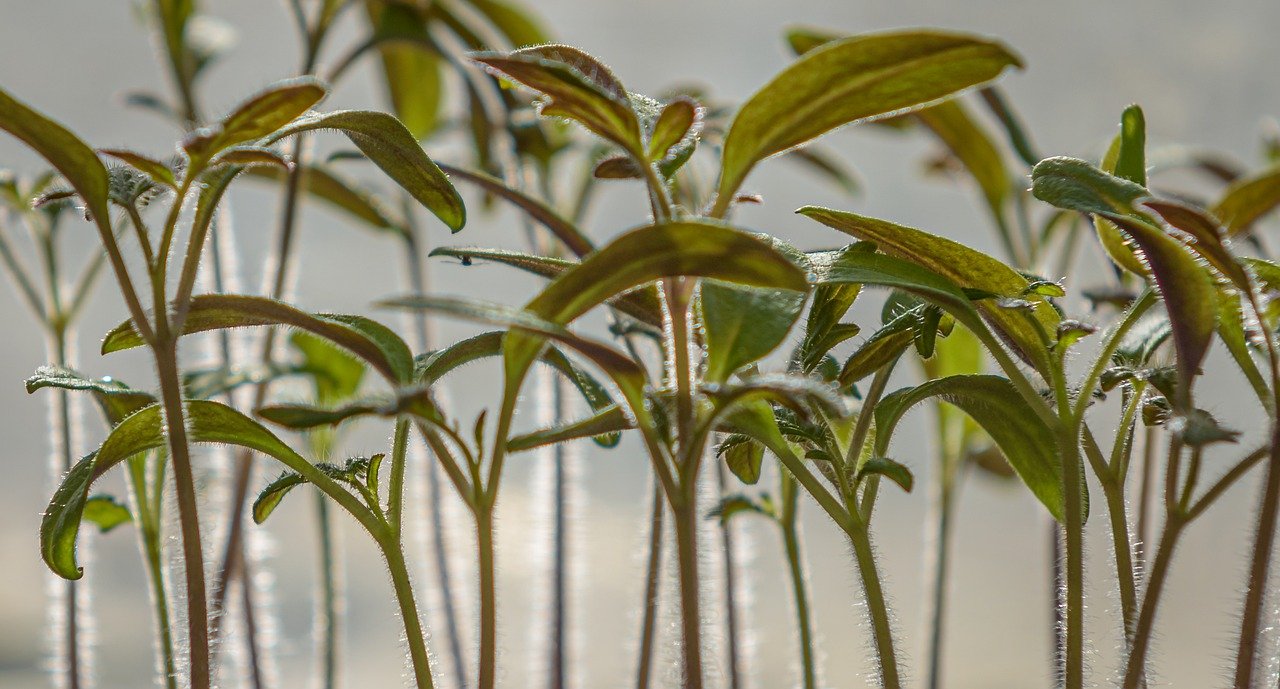Plant population density or seed density
Plant population will depend on the soil, climate, and the type of crop being planted. For example, under extreme conditions, in poor soils, and in semiarid regions with no irrigation, planting is best done at low population. Otherwise, it will beget thin and weak plants. Such condition not only produces low yields, but also is the ideal condition for pests and diseases. A high degree of uniformity of a population is an advantage which minimizes the tendency for the late emergers to be lost after the utilization of some inputs. Late emergers very often remain undersized because of a low relative growth rate and make an insignificant contribution to the ultimate produce. Plant population per unit area depends on the following factors:
i. Soil fertility: In poor soils plant population should be lower than in soils with high fertility as the inherent capacity of the poor soil will not permit the growth of more number of plants.
ii. Soil structure: Specific crops will do better in heavy or light types of soils according to their nature. For instance, rice will thrive well in clayey but peanut will not. Consequently, sowing density will increase as the soil structure approaches towards the adverse limit.
iii. Availability of water: In areas where water is a limiting factor planting should be done at a lower density. Plant population should be as much as there is water available to fulfill the individual crop water requirement. Any plant population beyond this will ultimately create a condition of water deficit for all the crops of the field and consequently production will be reduced.
iv. Tillering capacity of the crop: Small grains and other cereals are planted at lower densities as the tillers or spikes that they develop generally possess the ability to compensate the initial gap spaces. However, the tillering ability of most modern varieties is very much specific to their varietal characteristics.
v. Time of planting: Optimum planting time always requires a minimum plant population as compared to late planting. Late planted crops get little time to complete their vegetative growth phase as the cropping season has already been advanced. As a result, enough dry matter production becomes impossible which ultimately reduces individual plant performance. To compensate this loss, a higher planting density is required to have the desired return from unit area.
vi. Single or multiple seeding practices: The number of seeds that needs to be planted per meter or foot of row length depends entirely on the desired plant population and row widths that have been chosen according to recommendations. The main concern is deciding whether single or multiple seeding should be used. In single seed planting, mechanical planters drop seeds out one at ittime along the row. Small farmers who hand plant their crops usually use multiple seed planting (hill planting), sowing several seeds per hole and spacing the holes rather far apart. This reduces time and labor and also may improve seedling emergence under crusty soil conditions, but it may lower yields somewhat because of inefficient use of space and increased competition between the plants within a hill for sunlight, water, and nutrients if thinning is not practiced.
If you can’t understand something please comment below…
